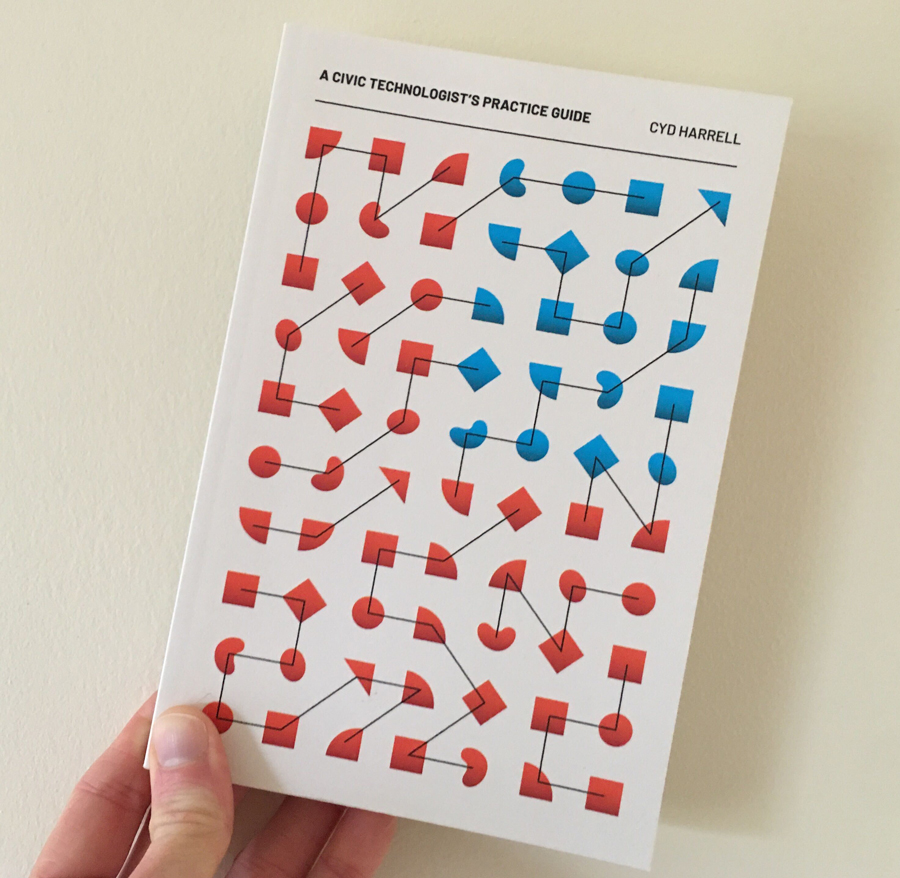How to upskill social impact organisations on data

Recently I’ve been reading the truly excellent ‘A Civic Technologist’s Practice Guide’ by Cyd Harrell. And it’s got me thinking about how we can best work with organisations who are trying to achieve social impact but are early in their digital and UX journey.
Meanwhile, I am a huge advocate for Google Analytics. From a UX and product ownership point of view it gives you fantastic insights into users’ experiences, and it can truly help you understand how your digital activities help deliver your organisation’s mission.
However, so often I have struggled to get client organisations to embrace it.
Before you keep reading, subscribe for free to receive new posts and support my work.
Helping organisations embrace data and Analytics
This is because I have been making a fundamental mistake about how to upskill social impact organisations to use data for making product decisions.
This is because people need to be in charge of their own development. And our job as technical “experts” is to facilitate the curiosity and growth of others, whilst creating the conditions for their gradual development.

☝️ Cyd Harrell’s fantastic book, ‘A Civic Technologist’s Practice Guide’
Reducing disruption
Many organisations working in the social impact space are understandably not data mature.
They may not have thought about collecting data on experience, let alone be interpreting it to inform product or programme decisions.
In the midst of their busy frontline work, their reporting and their donor management, they have minimal space to think about working with data.
So if you want to help people to use Analytics (or indeed any new tool), then consider this by Cyd Harrell:
“Remember that every change you push [read: introduction of a new process or tool] means someone has to deal with a disruption of their work – so make sure you make it worth it for them”
Cyd Harrell, ‘A Civic Technologist’s Practice Guide’
In other words, as someone who is passionate about Analytics, data and UX, it’s your role to introduce the smallest possible changes to your clients work. Make the barrier to understand data and Analytics as low as possible.
If this means creating a simple emailed monthly report containing a couple of key metrics – say, as basic as number of users and acquisition channel this month – then that’s fine.
Incremental increases
The goal is to make incremental improvements to an organisation’s working practice.
As such, in the early days, give people a small amount of Analytics insights and the most simple training about what it means.
If you have a budget for implementing Analytics, make room in it for iteration, no matter what its size.
For instance if you’ve managed to get just 2 days for Analytics work, split it up. Do the minimum amount of useful work that you can first (say, no more than a day), then produce those basic reports to the client. Save the rest of the time for a later check in with the client, to answer their questions and to add more to the reporting based on their curiosity and needs.
If you want reassurance that this is a good approach, consider this Medium post by Josh Gee ‘What I learned in two years of moving government forms online‘. (Again, thanks to Cyd Harrell for making me aware of this)
In the post Josh outlines the work he did transferring scores upon scores of print-and-post application documents into simple online forms, thus helping to streamline government services and saving thousands of person-hours.
For many of the teams he did this for, once their forms were made digital, they didn’t receive data submissions nor complex CRM data integrations. Instead they were very happy to receive something as low tech as a generated PDF of the form submission. Or at best a structured email with the submitted data.
In other words, there was minimum change to their current working practice of handling submissions manually. It just got a bit more efficient.
However, Josh put a lot more work into getting the buy-in and interest from people he was working for.
“On average, it took me about 30 minutes to make a digital form and five weeks to meet with, earn the trust of, and get buy-in from the employees who would use it.”
Josh Gee, ‘What I learned in two years of moving government forms online’
And when he had that buy-in and usage in place, and teams were getting their electronic submissions, soon his clients started asking for improvements.
“Early on I began to notice a pattern. A few weeks after I moved a form online, some departments would reach back out and ask for tools to help them manage digital submission, ‘This has been absolutely amazing. It would be great if I could approve it and then send it to Steve for his signature'”.
Josh Gee
In other words, from a simple start they were onboard and had started on the journey of iterative improvement.
In conclusion:
Sensitivity, iterative improvements and allowing people to own their own development. This is the approach to start with upskilling organisations clients who are not comfortable with thinking in terms of data and users.
Take a small step. Make it minimally disruptive to their work, their thinking, and their mental space. Let them get acclimatised to that, and then, when they are ready, they will be interested in taking it one step further.
Thanks for reading Without Constraints! Subscribe for free to receive new posts and support my work.
Image: Dan Meyers on Unsplash